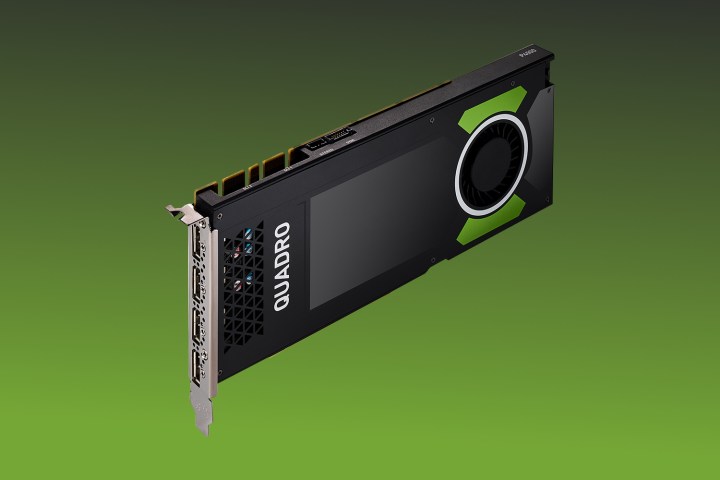
The company’s Quadro line is tailored toward users working in computer-aided design and other similar fields. That’s why the announcement was made at SolidWorks World, an event that centers around one of the most widely used pieces of CAD software.
Nvidia pledges that this new range of GPUs caters to the ever-expanding demands of design workflow. Today’s users might use virtual reality simulations or machine learning techniques to ensure that their designs are perfect, which means they need a workstation that’s capable of tackling resource-intensive tasks.
The formidable GP100 boasts 16GB of high-bandwidth memory, and can provide more than 20 teraflops of 16-bit floating point precision computing. Bob Pette, Nvidia’s vice president of professional visualization, noted that the GPU “transforms the average desktop workstation with the power of a supercomputer.”
The GP100 is joined by the Pascal-based P4000, P2000, P1000, P600, and P400, which will replace cards based on Kepler and Maxwell architecture. The refreshed Quadro lineup is expected to preserve the range’s established hierarchy of price, feature set, and thermal design power specs, according to a report from AnandTech.
The new range of Quadro GPUs will be offered by distribution partners and workstation manufacturers starting in March — Nvidia named HP, Dell, Fujitsu, and Lenovo as some of the companies that are set to use the components. No pricing information has been made available at this time, but it’s safe to say that the power of the GP100 won’t come cheap.



